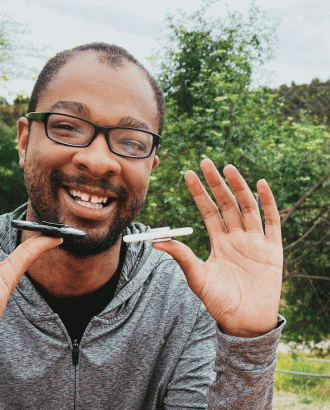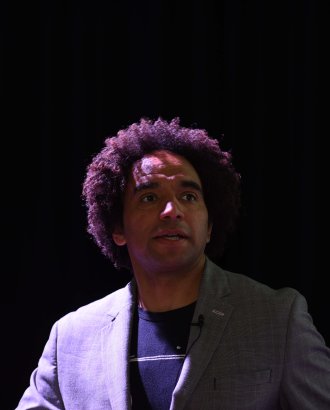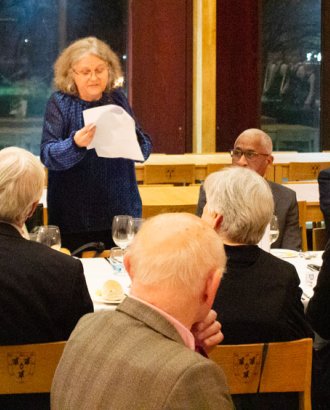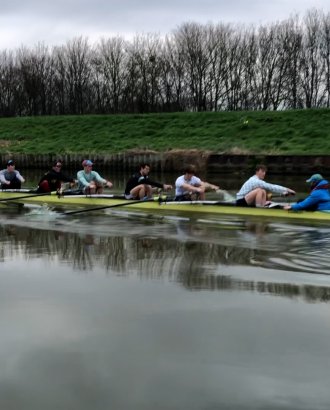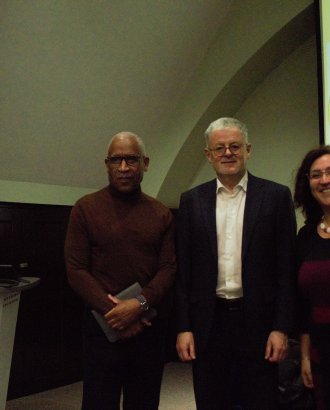Homerton’s origins lie in late 17th century London, its first permanent premises in 1768 located near Hackney Marshes (and the modern Olympic Park). Founded as a non-conformist academy, the College had strong ties to public service as well as to higher education, and over the centuries produced alumni of considerable influence, including prominent dissenting thinkers, missionary explorers, educationalists and politicians.
A fund was established in the city of London as early as 1695 to provide for the education of Calvinist ministers, offering an alternative to Oxford and Cambridge Universities from which dissenters were barred by law. Dissenting academies promoted a modern curriculum of science, philosophy and modern history, in contrast to the more traditionalist approach to learning offered by ancient universities. In 1730 a society was founded by 'a few Protestant Dissenters' to ‘educate young men for the Christian ministry, namely the Congregational church, who sponsored young male scholars. Known as the King's Head Society, after an inn where they met (once frequented by Samuel Pepys), the Society began a series of weekly lectures and placed selected students in their academies. By 1768, it bought a large house in Homerton High Street, accommodating about 12 students a year, together with a few other 'private scholars', taught by resident tutors.
The last years of the 18th century and beginning of the 19th were a golden age for Homerton College, producing some of the nation’s foremost dissenting figures, including the radical MP William Johnson Fox, and more than its fair share of missionary explorers and translators. One, Edward Stallybrass, explored the remotest parts of the Russian Empire in his efforts to translate the Bible into Mongolian and was granted an audience with Tsar Alexander I in Moscow in 1818. Henry Mayo, another Homertonian and editor of the influential London Magazine, debated with the great literary critic Samuel Johnson, as recorded in the famous biography by James Boswell. Many Homerton alumni were closely involved in the opposition movements against the slave trade and the Corn Laws, core political debates of the first half of the 19th century.
By 1817 the institution was known as 'Homerton Academy Society' and then 'Homerton College Society'. For a time, it was affiliated to the University of London, but after the transfer of its theological teaching to New College London in 1850, Homerton was re-founded by the Congregational Board of Education for the training of teachers, both men and women, for elementary schools. A famous philanthropic industrialist, dissenter and statesman, Samuel Morley MP, played a key role, overseeing the extension and rebuilding of the College.
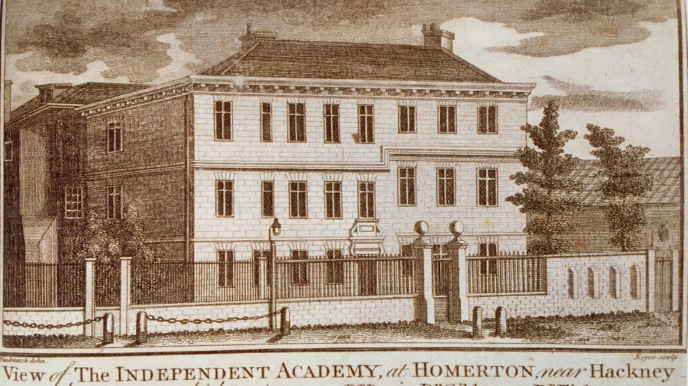
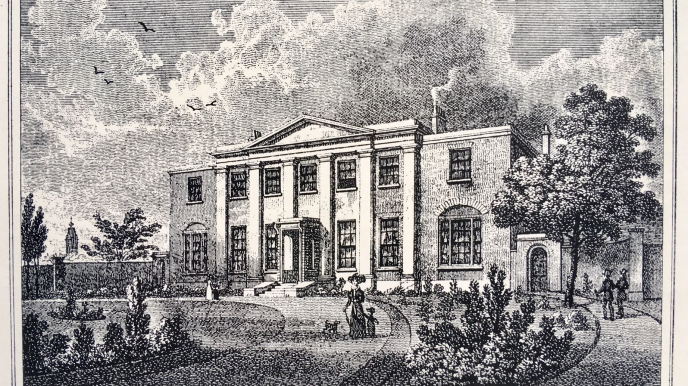
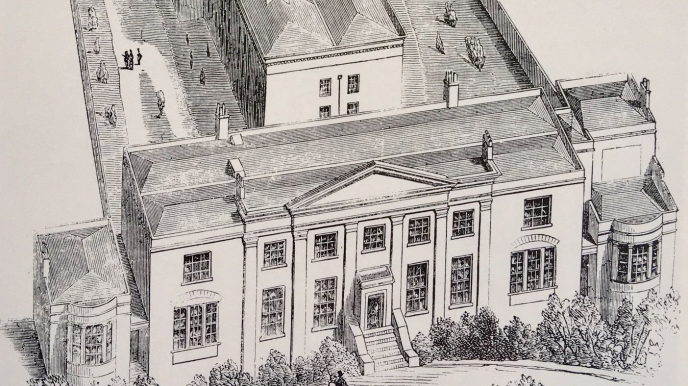
In 1894 the College moved to Cambridge under Principal John Horobin, to escape the industrialising East End. It acquired the buildings of former Cavendish College between Hills Road and the railway, forming the core of the College today. Almost immediately it became women-only as a mixed College was anathema to the University at that time. Vice Principal and former student, Eveline Lowe went on to become chair of London County Council and of its Education Committee in the 1930s, a staunch advocate of sexual equality. Distinguished alumnae from this period include Emily Phipps, teacher, women’s trade unionist and leading suffragist, and educationalist and social reformer Dame Leah Manning, Labour MP in the 1930s and 40s, who organised the evacuation to Britain of Basque children during the Spanish Civil War, saving hundreds of lives; a public square is named after her in Bilbao.
Mary Allan as Principal 1903-35, followed by Alice Skillicorn 1935-60, over half a century steadily built strong academic links with the University. To accommodate growth of student numbers, after the Second World War, the new Queen’s Wing was built. Its entrance was embellished by a new coat of arms, endorsed by the Royal College of Arms in 1954, and the building opened by H.M. the Queen Mother in 1957.
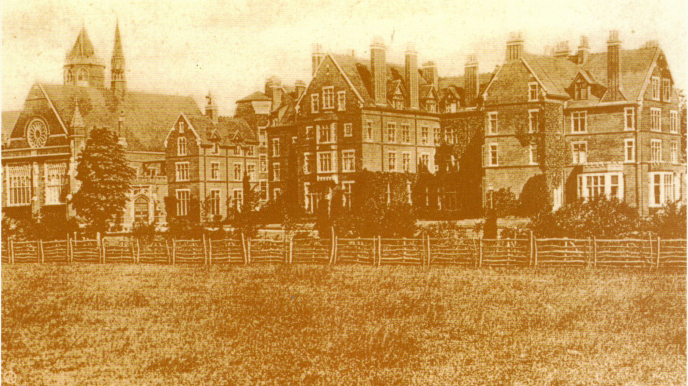
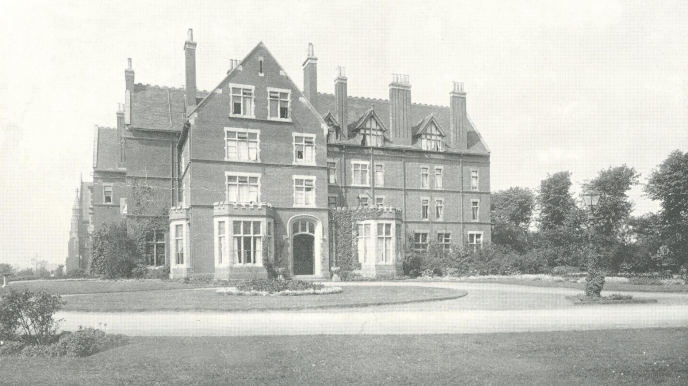
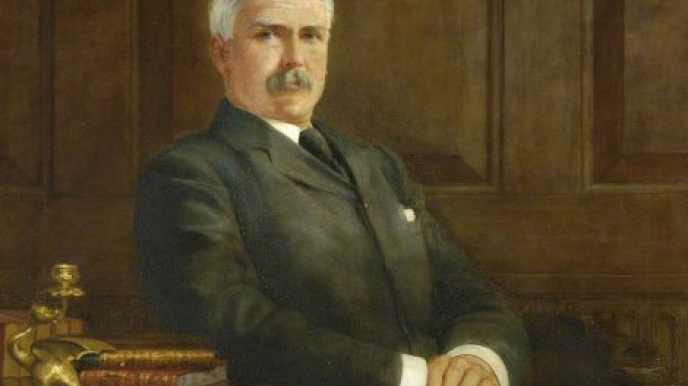
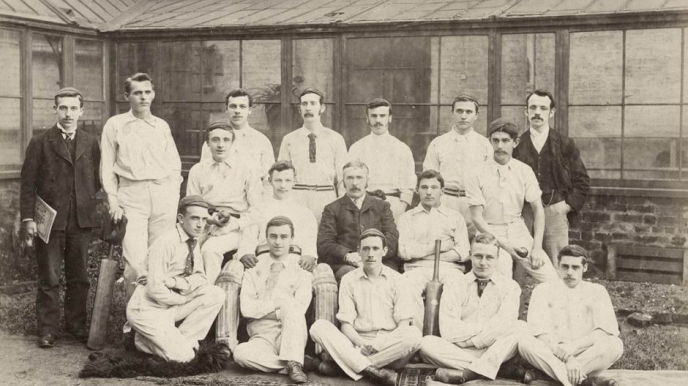

Principals Dame Beryl Paston-Brown and Alison Shrubsole in the 1960s and 1970s, negotiated ever more formal working relationships with the University, where mixed residential colleges were at last permitted. In 1976 Homerton once again admitted men and gained recognition as an 'Approved Society' of the University of Cambridge. Students taking the Bachelor of Education degree now read for the Education Tripos, following subject-specific modules alongside other Cambridge undergraduates, taking a full and active part in university life, and emerging as Cambridge graduates.
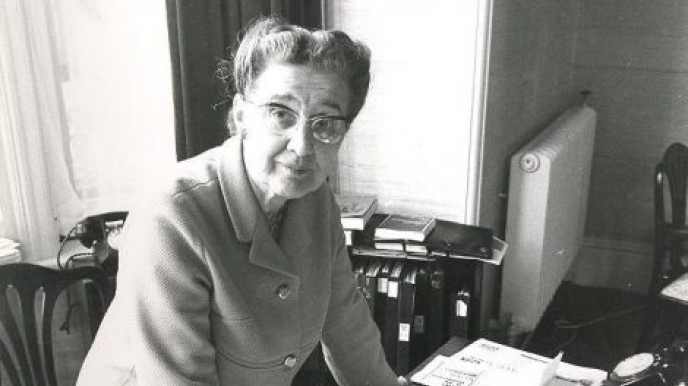
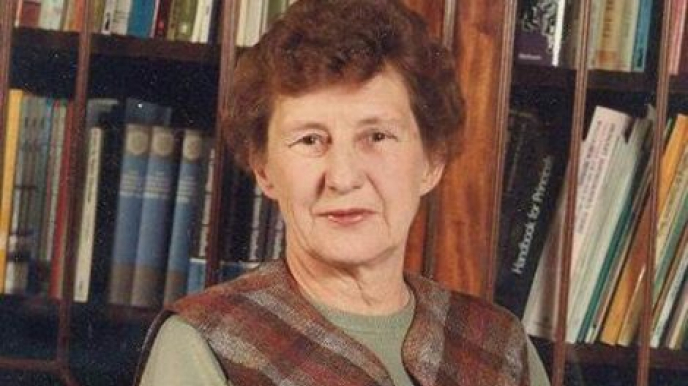
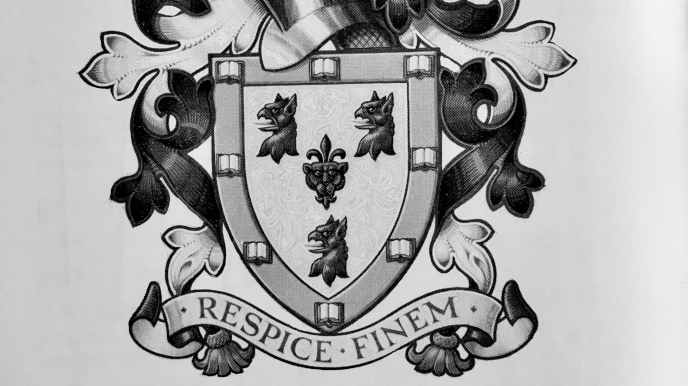
From the 1990s Homerton, a massive refurbishment and rebuilding occurred under the leadership of Principal Kate Pretty CBE. In 2001 it converged with the University, diversifying to cover a range of academic subjects offered by the University and adding a post-graduate research community. A submission for full collegiate status was then granted, and Homerton was awarded a Royal Charter as a self-governing college of the University of Cambridge in 2010. Professor Geoff Ward, was appointed Principal in 2013 and the College continued to expand its offering to undergraduates, now recruiting to all Tripos subjects from Anglo-Saxon to Zoology, including Clinical Medicine, Veterinary Medicine and Architecture. Its beautiful gardens and extensive site have continued to be enlarged and developed in the last decade with extensive accommodation for postgraduate researchers and their families, with impressive new sports facilities in the near vicinity and boathouse on the river. Our most recent addition is a striking and architecturally innovative dining hall, which opened in early 2022.
